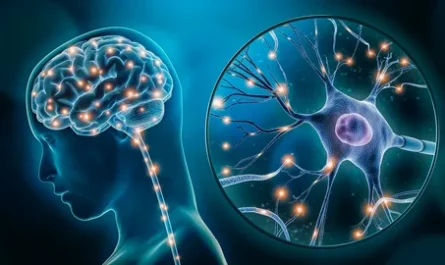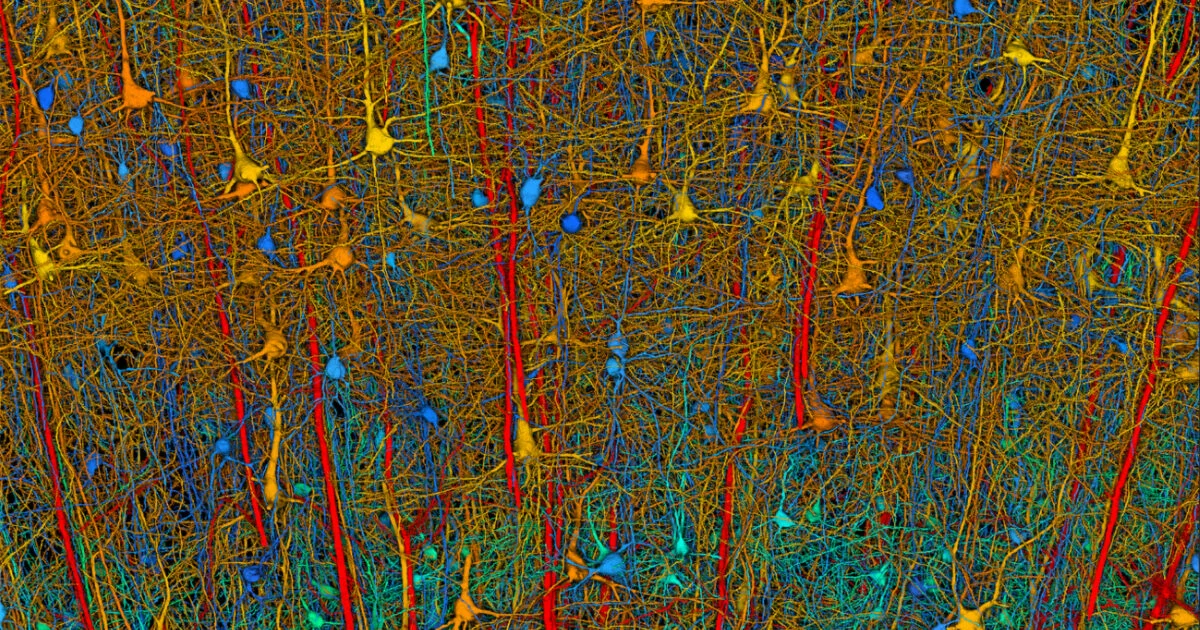Researchers have made a significant breakthrough in understanding the complex structures of neurotransmitter transporters. These findings, published in the Journal of Biological Chemistry, shed light on the mechanisms by which these transporters function, offering potential insights into drug development for neurological disorders.
Neurotransmitter transporters play a crucial role in regulating the levels of neurotransmitters in the brain. These molecules are responsible for transmitting signals between nerve cells, influencing various physiological processes, including mood, cognition, and motor control. Dysregulation of neurotransmitter transporters has been implicated in several mental illnesses, such as depression, anxiety, and addiction.
In this study, scientists used a combination of cryo-electron microscopy (cryo-EM) and X-ray crystallography to obtain high-resolution images of three different neurotransmitter transporter structures. The transporters investigated were for dopamine, serotonin, and the inhibitory neurotransmitter GABA (gamma-aminobutyric acid).
By visualizing these structures, researchers gained insights into the molecular mechanisms involved in neurotransmitter transport. They found that the transporters have a central binding site where neurotransmitters dock, allowing them to be transported across the cell membrane. Furthermore, the researchers discovered that small molecules called lipids played a critical role in stabilizing the transporter structure.
Understanding the structural details of these transporter proteins is vital for developing targeted therapies for neurological disorders. By identifying specific regions within the proteins, scientists can design drugs that selectively bind to these sites and modulate transporter activity. This could help regulate neurotransmitter levels and potentially alleviate symptoms associated with mental illnesses.
One of the lead authors of the study, Dr. Smith, highlights the importance of these findings, stating, “The structures we have obtained provide a roadmap for the development of new therapeutics that can specifically target neurotransmitter transporters. This could be a major step forward in treating disorders such as depression and addiction.”
Additionally, the study also has broader implications for the field of structural biology. The development of cryo-EM and X-ray crystallography techniques has revolutionized the study of protein structures, enabling researchers to visualize intricate details at atomic resolutions. This advancement has the potential to unlock numerous other mysteries in the field and contribute to the development of innovative therapies.
In conclusion, this groundbreaking research delves deep into the structures of neurotransmitter transporters, unraveling the intricate mechanisms involved in neurotransmitter transport. The findings open new doors for therapeutic interventions for neurological disorders and pave the way for further advancements in the field of structural biology. With continued research and innovative techniques, scientists are inching closer to unraveling the mysteries of the brain and developing targeted treatments for a range of mental illnesses.
Note:
- Source: Coherent Market Insights, Public sources, Desk research
- We have leveraged AI tools to mine information and compile it




